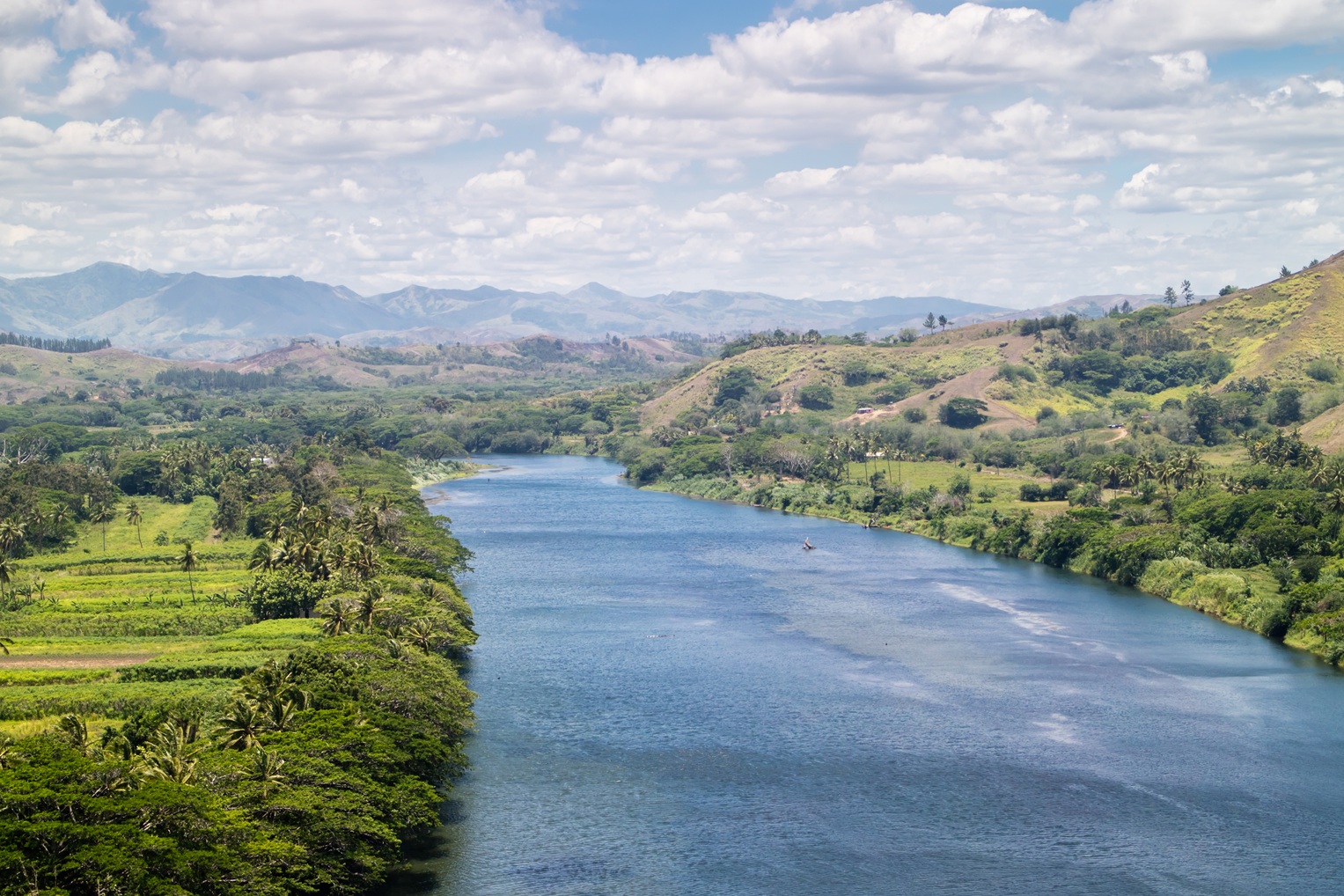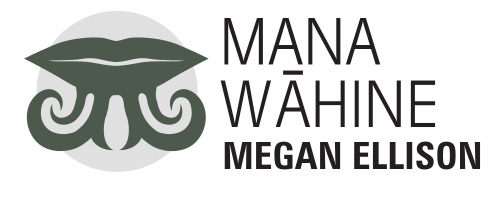
I get it, I still paid for it as a tourist, but there was definitely a part of me that felt the experience was slightly more genuine. The drive inland, the river crossed by horses and occasional people washing clothes, the church, the kava ceremony, eating kai on the floor, the harmonious singing, the language and karakia all felt good - and I certainly hope they get something from us too, an income at least and a few laughs as they watch us awkwardly take part in their traditions.

According to archaeologists, the Sigatoka area was inhabited about 3000 years ago and until the 1960s and ’70s houses were thatched in traditional materials - now you find them in concrete. In the 1840s there was a campaign to Christianise the people and, naturally, there was fallout as traditionally the people followed their own beliefs and culture. Our guide talked in a more sanitised and humorous way for tourists about his ancestors practising cannibalism, which didn’t surprise me at all as this was the same for my tūpuna and in fact across the Pacific.
Key ancestors in this 1800 period who had already converted to Christianity sent their warriors along the banks of the Sigatoka river to convert others. These warriors were armed in order to get tribes to surrender and accept the modern wave of religion and change. Hundreds of people, described as heathens, were brought down the Sigatoka river, held in containment for weeks and placed in front of a white judge.
Many were found guilty and sentenced to death by hanging, which took place in the Sigatoka town area of today. Some escaped but they eventually found themselves enslaved. The trials at Sigatoka appear tragic as the people didn’t have a chance to defend themselves in a system of justice completely foreign to them. Ultimately, the people took on Christianity and when the human remains of those victims were discovered, during construction of a new church in 1998, they were reinterred with ceremony and respect.
I completely respect the deep religious beliefs of the Pacific nations who took on Christianity with a vengeance and, when we were standing in a church built in the 1980s on the top of a hill in Sigatoka, I understood the importance of religion and community to the local people. The church is their marae, their cultural and religious centre and that is the heart of their village. I stood in the coolness of the church and was thankful for that and wondered how their ancient traditions and culture meld together with Christianity, or maybe the two cannot co-exist at all.
The closest experience I have had to this religious melting pot has been observing my son’s experience in a Catholic Māori boys boarding school. The blend of Catholicism and te ao Māori seems to work beautifully. The boys are adept in Catholic karakia in te reo, they sing the hymns like songbirds and their motto of Whāia te tika - "Do what is right" works for the boys. I will confess here that I am not religious and I would even class myself as a-spiritual but I would never pass judgement on cultures who are.
As I sat in the vale in Sigatoka I let the harmonies of hymn and prayer roll over me and I have no doubt their traditions and modern religion blend in way that allows their tribal roots to continue to flourish and remain.
I am also sure that they will have some hearty debates about the oppositional nature of it all too.
Finally, I will take away with me the resounding greetings of "bula" and the wonderful experiences I had in Fiji and I hope they take more from us, the tourists, than we do from them. Vinaka.










